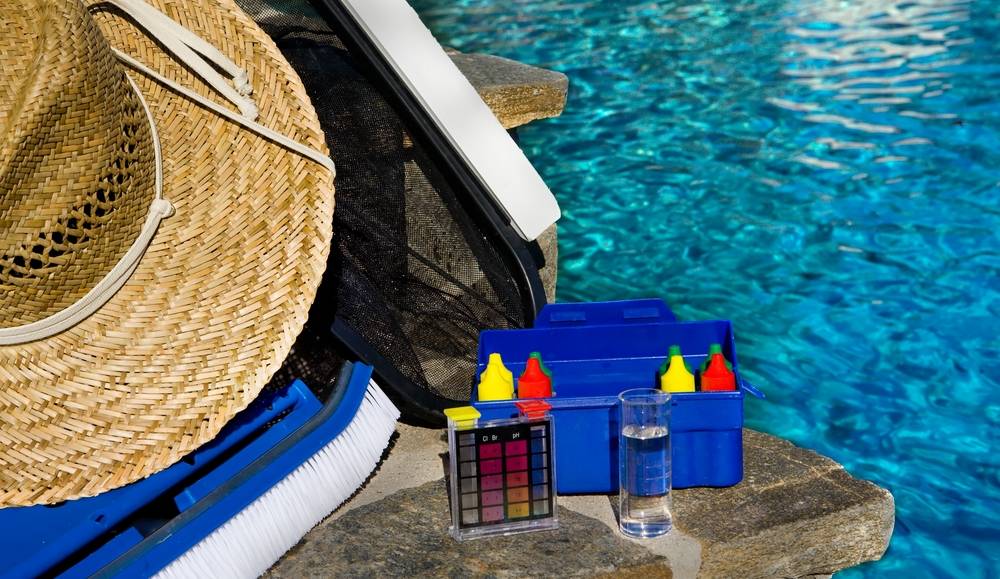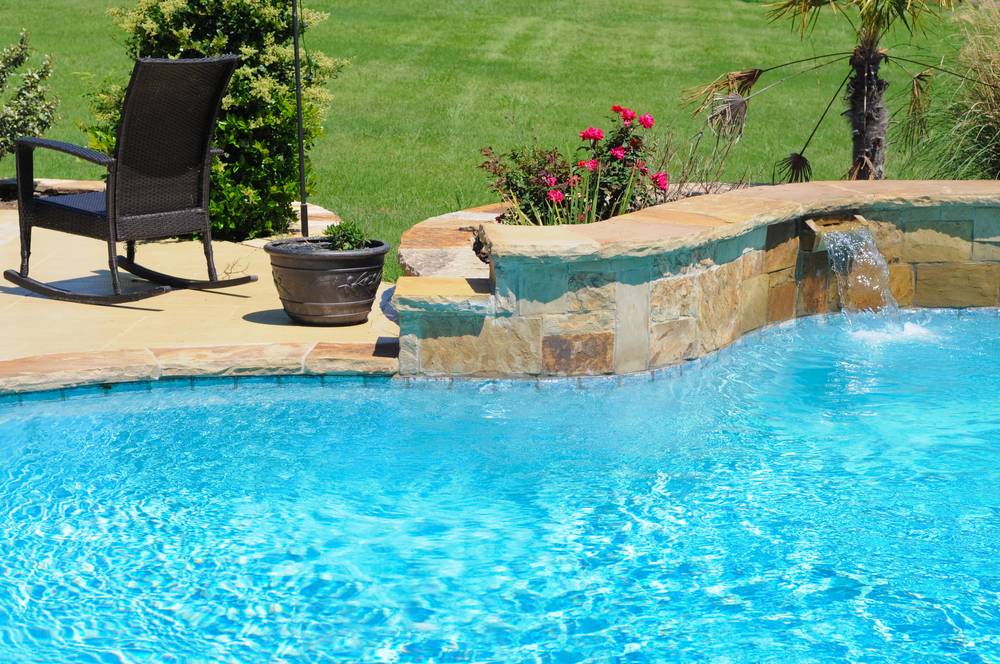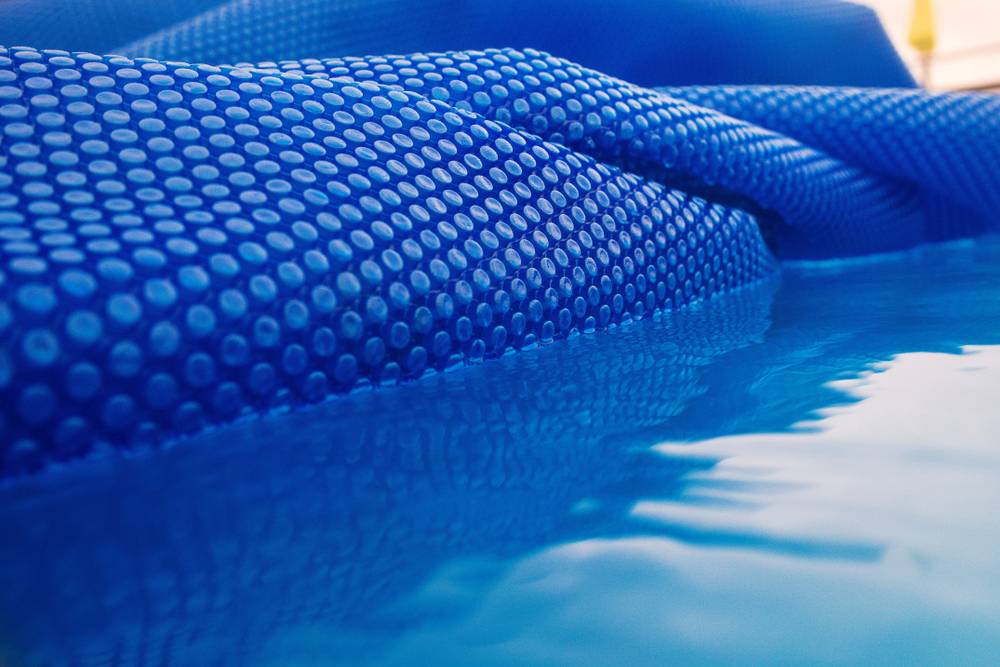Hello all
Brief history and then my question. Started with SWG , as years went by seemed like my coping stones were melting away, SWG died, switched to Trichlor not knowing anything about pool chemistry, 2yrs later have algae bloom that took enormous amounts of chlorine to kill and started noticing etching bottom of pool. That led me here. In reading forums and website I have learned a lot and this resource is invaluable. I have decided to do bleach/liquid chlorine this year to see how it goes. In trying to get chemistry to a point where it works for me it seems that (using LSI) my best move would be to run a low calcium pool. I know that is not necessarily advised on here so I thought I would ask for some thought/input on it from others. I had to dilute the water to get rid of the CYA and here is where I am starting from
Fill water:
TA 200
CH 50
CYA 30
TDS 300
Fresh Pool Reading:
TA 140
CH 100
PH OFF scale so 8.5? (I honestly don't know how to measure what it actually is when it goes off scale)
CYA 35
I never had an etching problem before the tablets. I did have hard scale buildup around the tile line. After diving into the forums and reading all that I could I have come to the assumption that a constant High TA has actually helped preserve the plaster? (When I ran SWG I was adding acid constantly to adjust PH as that s what the pool store instructed , but it would never stay down more than a day at a time and honestly I was just too busy and neglected it so the PH was constantly too high for years) When I started using the pucks I was so happy PH stayed in line and I never investigated why.
The heart of the question is looking at these LSI readings I can run this water at TA75 CH 100 CYA 30 PH 8.2 , have a wide swing in Temperatures and still never have unbalanced water. Is it ok to run this water that low on ch and ta here in east Texas? I mean If I do that my main adjustment would seem to be beating the TA back down as it rises from the fill water that I put in(wonder how long that takes). Or maybe I should keep running the super high TA like I was doing with SWG and just let it go. It sure seems like that protected my plaster because I have no CH from tap and I have never put any in and never saw a problem still I started using the pucks. Pool is 17 years old now. I can muscle off the scale and would rather do that than lose my plaster (any more of it) but if I can lower that alkalinity (which I am thinking helped protect the plaster, but I certainly don't know that for sure) I could keep the PH way more in check. If I started raising the calcium to compensate for lower TA , when temperatures start to rise I will be scaling again, so my thinking is forget the calcium (never put in in before anyway ) and let the TA run high and deal with that. Anyone have any advice? Can I run both of those reading that low without damage the plaster. The LSI calculator certainly says that I can but I haven't seen anyone on here or anywhere else that would suggest that. If I can't , why not , and why does the calculator say that you can ? Sorry so long here , but I guess the context is important.
Brief history and then my question. Started with SWG , as years went by seemed like my coping stones were melting away, SWG died, switched to Trichlor not knowing anything about pool chemistry, 2yrs later have algae bloom that took enormous amounts of chlorine to kill and started noticing etching bottom of pool. That led me here. In reading forums and website I have learned a lot and this resource is invaluable. I have decided to do bleach/liquid chlorine this year to see how it goes. In trying to get chemistry to a point where it works for me it seems that (using LSI) my best move would be to run a low calcium pool. I know that is not necessarily advised on here so I thought I would ask for some thought/input on it from others. I had to dilute the water to get rid of the CYA and here is where I am starting from
Fill water:
TA 200
CH 50
CYA 30
TDS 300
Fresh Pool Reading:
TA 140
CH 100
PH OFF scale so 8.5? (I honestly don't know how to measure what it actually is when it goes off scale)
CYA 35
I never had an etching problem before the tablets. I did have hard scale buildup around the tile line. After diving into the forums and reading all that I could I have come to the assumption that a constant High TA has actually helped preserve the plaster? (When I ran SWG I was adding acid constantly to adjust PH as that s what the pool store instructed , but it would never stay down more than a day at a time and honestly I was just too busy and neglected it so the PH was constantly too high for years) When I started using the pucks I was so happy PH stayed in line and I never investigated why.
The heart of the question is looking at these LSI readings I can run this water at TA75 CH 100 CYA 30 PH 8.2 , have a wide swing in Temperatures and still never have unbalanced water. Is it ok to run this water that low on ch and ta here in east Texas? I mean If I do that my main adjustment would seem to be beating the TA back down as it rises from the fill water that I put in(wonder how long that takes). Or maybe I should keep running the super high TA like I was doing with SWG and just let it go. It sure seems like that protected my plaster because I have no CH from tap and I have never put any in and never saw a problem still I started using the pucks. Pool is 17 years old now. I can muscle off the scale and would rather do that than lose my plaster (any more of it) but if I can lower that alkalinity (which I am thinking helped protect the plaster, but I certainly don't know that for sure) I could keep the PH way more in check. If I started raising the calcium to compensate for lower TA , when temperatures start to rise I will be scaling again, so my thinking is forget the calcium (never put in in before anyway ) and let the TA run high and deal with that. Anyone have any advice? Can I run both of those reading that low without damage the plaster. The LSI calculator certainly says that I can but I haven't seen anyone on here or anywhere else that would suggest that. If I can't , why not , and why does the calculator say that you can ? Sorry so long here , but I guess the context is important.




